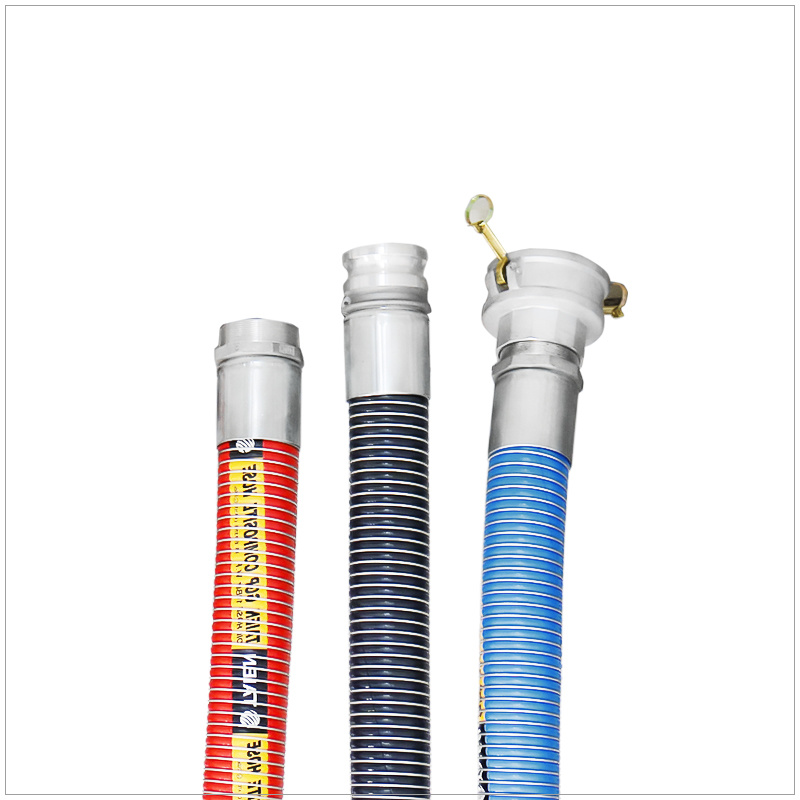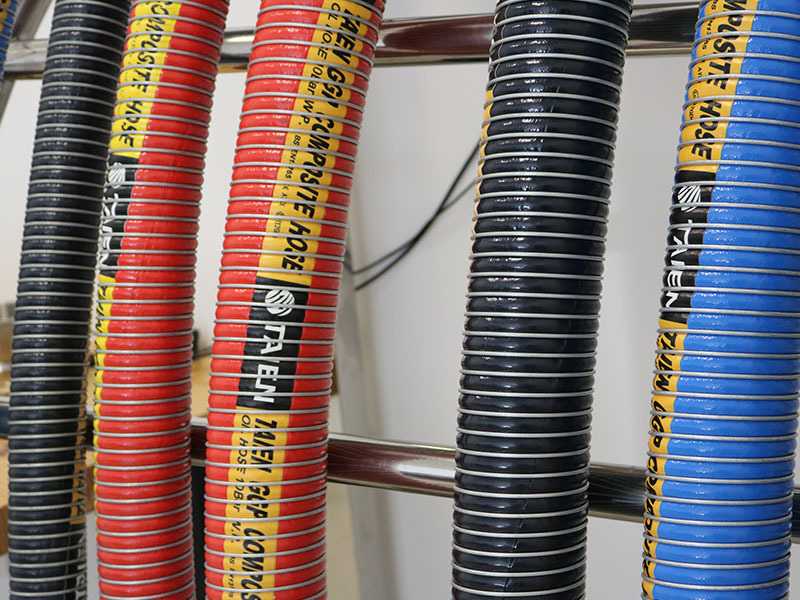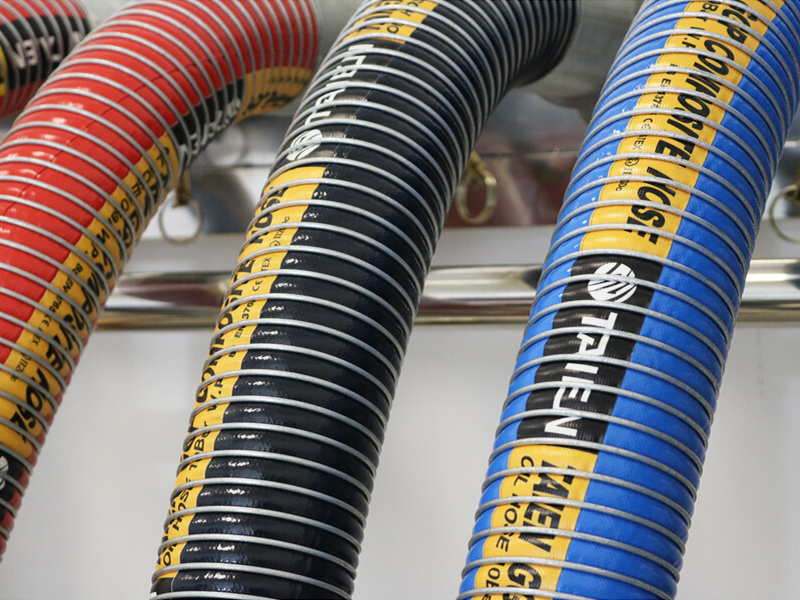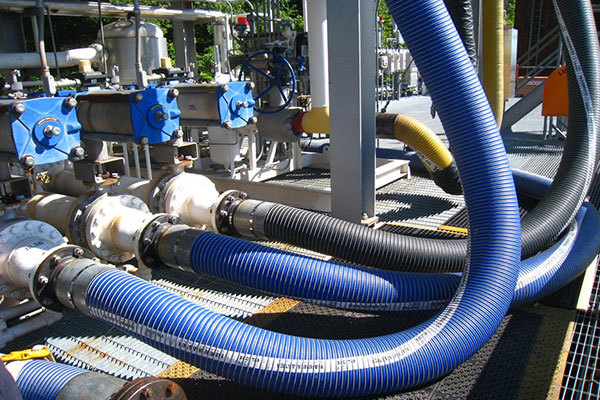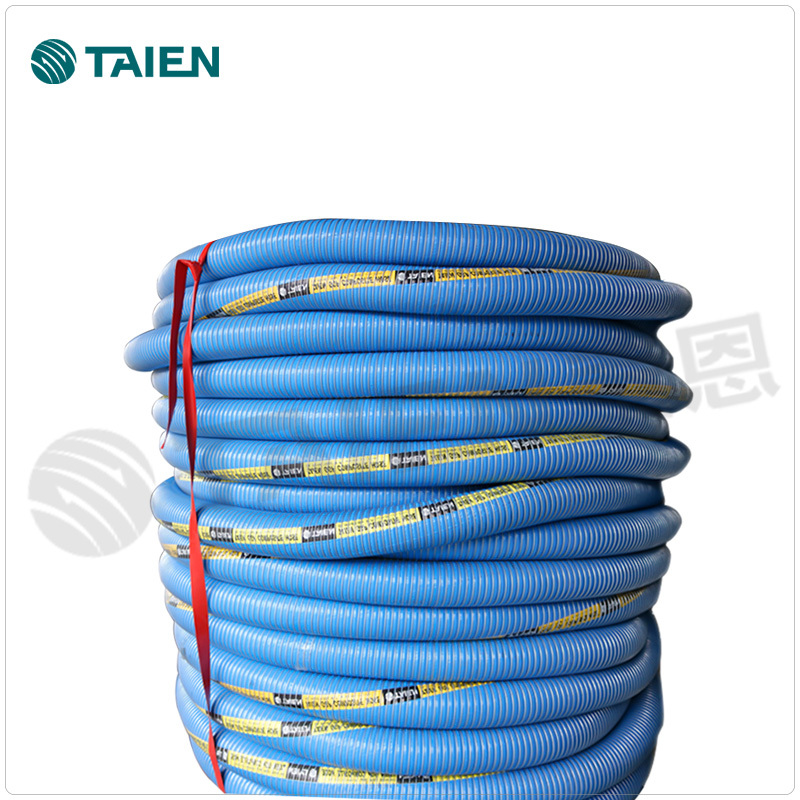What Makes a Good LPG Hose: Key Considerations for Safety and Performance
Release time:
2025-05-26
Author:
Source:
Abstract
What Makes a Good LPG Hose: Key Considerations for Safety and Performance
When it comes to handling Liquefied Petroleum Gas (LPG), the choice of hose is crucial for ensuring safety, efficiency, and reliability. An LPG hose serves as the lifeline in various applications, including domestic, industrial, and commercial settings. Understanding what constitutes a good LPG hose can prevent accidents, enhance performance, and prolong the life of your equipment. In this article, we will delve deeply into the essential characteristics and factors that make a good LPG hose.
Table of Contents
- 1. Understanding LPG and Its Applications
- 2. Material Composition of LPG Hoses
- 3. Pressure Ratings and Specifications
- 4. Temperature Resistance and Flexibility
- 5. Safety Standards and Certifications
- 6. Hose Length and Diameter Considerations
- 7. Maintenance and Inspection Practices
- 8. Frequently Asked Questions (FAQs)
- 9. Conclusion
1. Understanding LPG and Its Applications
Liquefied Petroleum Gas (LPG) is a versatile fuel widely used for heating, cooking, and powering vehicles. It is stored under pressure in liquid form and vaporizes when released, making it essential to use specialized hoses designed to handle its unique properties. Whether for residential use or in industrial applications, the right LPG hose ensures safety and efficiency.
2. Material Composition of LPG Hoses
The material of an LPG hose is one of the most critical factors determining its performance and durability. Common materials include:
- Rubber: Flexible and durable, rubber hoses can withstand significant wear and tear.
- Thermoplastic: Known for their lightweight and resistance to chemicals, thermoplastic hoses offer excellent flexibility.
- Composite Materials: Combining various materials can enhance properties, making hoses stronger and more resistant to damage.
It’s essential to select a hose made from materials that are specifically rated for LPG to ensure safety and compliance.
3. Pressure Ratings and Specifications
Every LPG hose comes with a specified pressure rating, which indicates the maximum pressure the hose can safely handle. This rating is vital for preventing leaks and bursts. When selecting a hose, it’s important to consider:
- Working Pressure: The maximum continuous pressure under which the hose can operate.
- Test Pressure: A higher pressure that verifies the hose’s integrity during production.
Always ensure that the hose’s pressure ratings align with your specific application needs.
4. Temperature Resistance and Flexibility
Temperature fluctuations can significantly impact the integrity of an LPG hose. A good LPG hose must withstand both high and low temperatures without degrading or becoming brittle. Consider the following:
- Operating Temperature Range: Ensure the hose can operate effectively within the expected temperature range of your application.
- Flexibility: A flexible hose is easier to install and maneuver, especially in tight spaces.
The right balance of temperature resistance and flexibility can help prevent kinks and bends that may compromise the hose's integrity.
5. Safety Standards and Certifications
Compliance with safety standards is non-negotiable when it comes to LPG hoses. Look for hoses that meet or exceed regulations set by recognized organizations such as:
- American National Standards Institute (ANSI)
- Underwriters Laboratories (UL)
- European Norms (EN) for European markets.
These certifications ensure that the hose has undergone rigorous testing for safety and performance, providing added peace of mind.
6. Hose Length and Diameter Considerations
The length and diameter of an LPG hose are crucial factors that affect flow rates and accessibility. When determining the ideal dimensions, consider the following:
- Length: Longer hoses may result in pressure drops; thus, it’s vital to find a balance between length and necessary reach.
- Diameter: The diameter affects the flow rate. A larger diameter allows for higher flow but may not be suitable for all applications.
Measuring your requirements precisely can optimize efficiency and safety.
7. Maintenance and Inspection Practices
Regular maintenance and inspection are vital for ensuring the longevity and safety of LPG hoses. Implement the following practices:
- Visual Inspections: Regularly check for abrasions, cracks, or leaks.
- Pressure Tests: Periodic pressure tests can identify weaknesses before they become serious issues.
- Storage Conditions: Store hoses in a cool, dry place away from direct sunlight and harsh chemicals.
By maintaining your LPG hoses, you can catch problems early and ensure safe operation.
8. Frequently Asked Questions (FAQs)
What is the lifespan of an LPG hose?
The lifespan of an LPG hose can vary significantly depending on usage, material, and maintenance. Typically, a good quality hose can last anywhere from 5 to 10 years with proper care.
How do I know if my LPG hose needs replacing?
Signs of wear, such as cracks, leaks, or swelling, indicate that a hose should be replaced. Regular inspections can help catch these issues early.
Can I use an LPG hose for other gases?
While some hoses may be versatile, it is generally not advisable to use an LPG hose for other gases unless specifically rated for such use. Always check manufacturer guidelines.
What is the difference between a high-pressure and low-pressure LPG hose?
High-pressure hoses are designed for applications that require higher gas pressures, while low-pressure hoses are for standard residential applications. Always choose a hose that matches the pressure requirements of your system.
Are there specific installation guidelines for LPG hoses?
Yes, follow the manufacturer's installation guidelines and local regulations. Ensure proper fittings and avoid sharp bends to maintain the integrity of the hose.
9. Conclusion
Choosing the right LPG hose is a critical decision that affects safety and performance across various applications. By understanding the essential factors such as material composition, pressure ratings, temperature resistance, and compliance with safety standards, you can make informed choices that enhance efficiency and safety. Regular maintenance and proper usage practices will prolong the life of your hoses, ensuring reliable performance. Remember, investing in a high-quality LPG hose is a crucial step toward safeguarding your LPG systems and ensuring peace of mind in your operations.
Recommended Reading







